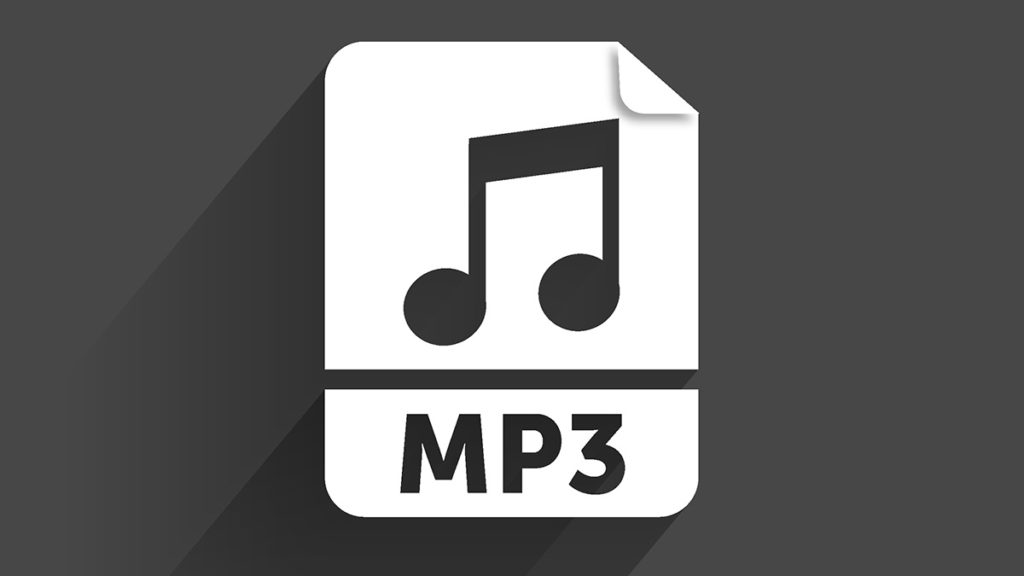What Is An MP3 File?
An MP3 is the most common audio file format currently available. It was developed by the Moving Picture Experts Group and used “Layer 3” compression. MP3 files can be found in many different places: on the Internet, on computers, and on various players. The format is widespread because of its small file size and sound quality, similar to CDs.

How does MP3 work?
Like JPEG, MP3 uses spectral clipping, according to a psychoacoustic model. The audio signal is split into equal lengths. Each of them is packed into a different frame after processing. Spectrum decomposition requires continuity of the input signal, so the previous and next frames are also used for calculations. In a sound signal, there are harmonics with a smaller amplitude and harmonics close to more intense ones. The latter harmonics are cut off because the human ear cannot always identify their presence or absence. This feature of hearing is called auditory masking. It is also possible to replace two or more nearby peaks with a single average peak (this usually leads to sound distortion). The output stream requirement determines the cutoff criterion.
Since the entire spectrum is relevant, high-frequency harmonics are not cut off as in JPEG but just selectively removed to reduce the information stream by spectrum dilution. After spectral trimming, mathematical methods of compression and packing into frames are applied. Each frame can have several containers to store information about several streams (left and right channels or central channel and channel difference). The compression degree can vary, including reduction within a single frame. The range of possible bitrate values is 8-320 kbps.
What is the advantage of this format?
When comparing MP3 to .WAV and .AIF files, more than a ten-fold difference in file size can be achieved without significant deterioration in sound quality. The quality and length of an MP3 file depend on the bitrate: the amount of audio data per second of sound. Bitrate is usually measured in kilobits per second. If converted to kilobits, the more familiar system of file size, the number of kilobits should be divided into 8. Thus, the more audio data is stored, the higher the sound quality, bitrate, and file size is, and vice versa. The most common bitrates are 128, 192, 256, and 320 kbps.
Another advantage of the MP3 format is the support for ID3 tags. These tags can store the artist, title, album, genre, year, and other data about the music track. You can edit these tags using special programs, some audio players, such as Windows Media, and even file properties in Windows.
How to open an MP3 file?
An MP3 file can be opened with the following programs:
- Windows Media Player;
- Nullsoft Winamp;
- Apple iTunes;
- VideoLAN VLC media player;
- DVDVideoSoft Free Audio Converter;
- Roxio Creator NXT Pro 7;
- Adobe Audition CC 2019.
An MP3 file can be opened with almost any audio player.